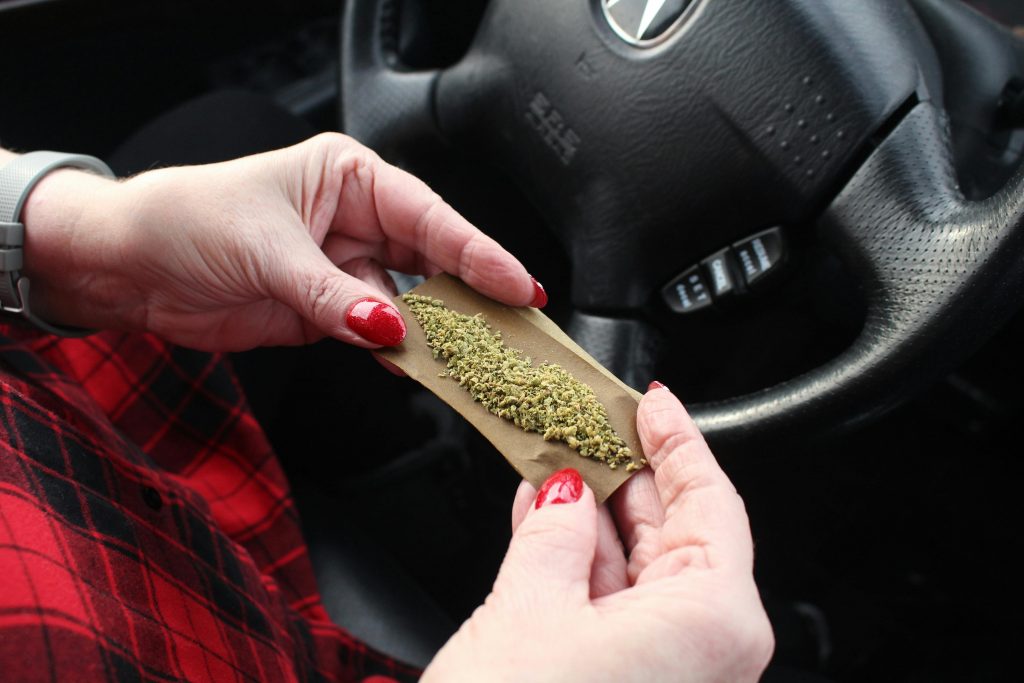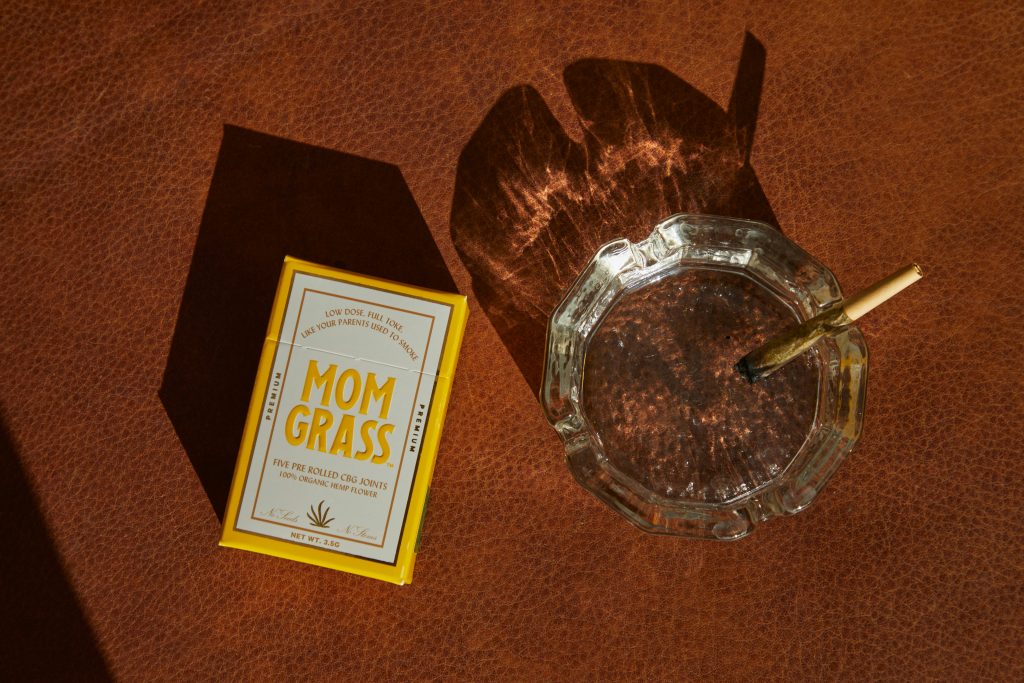Arkansas State Police Still Seizing Hundreds of Pounds of Illegal Marijuana from Out of State

Arkansas authorities continue to seize illegal marijuana from out of state.
We have written repeatedly about how marijuana’s legalization in other states has actually fueled illegal drugs — making it possible for growers to operate legally in one state and then transport the marijuana across state lines to sell it illegally.
For example, there are more than 8,000 registered marijuana grow sites in Oklahoma alone. Authorities have said the only way to sell that much marijuana is on the black market.
On Wednesday, the Arkansas State Police announced troopers seized 347 pounds of illegal marijuana in just two Franklin County traffic stops on Interstate 40 in the past week.
The drivers allegedly transporting the marijuana both appear to have been from out of state.
Legalization doesn’t weaken the black market. If anything, it makes the problem worse.
Right now the group Arkansans for Patient Access is actively working to drastically expand marijuana in Arkansas.
If passed, the amendment would give free marijuana cards to immigrants and out-of-state residents who come to Arkansas to use marijuana.
The amendment would guarantee marijuana growers and sellers a monopoly over the state’s marijuana industry.
Marijuana users would no longer need to show they suffer from a specific medical condition listed in state law — making it easier to use marijuana recreationally.
The measure also fails to limit the amount of THC that marijuana products can contain, and it repeals restrictions on marijuana advertising.
All of this would lead to more marijuana in the state.
Below is a press release from Arkansas State Police regarding the two recent traffic stops that netted 347 pounds of illegal marijuana.
OZARK, Ark. — On Monday, July 29, 2024, at approximately 8:17 a.m., Arkansas State Police (ASP) stopped a 2020 black Chevrolet Silverado on Interstate 40 eastbound around the 43-mile marker for a traffic violation. A search of the vehicle resulted in the discovery of seven large trash bags in the truck bed containing 145 pounds of illegal marijuana.
Troopers arrested the driver of the vehicle, Steven McGee, 34, of Halstead, Kan., and transported him to the Franklin County Detention Center, where he was booked on felony charges of Possession with Intent to Deliver and Drug Paraphernalia.
On Thursday, July 25, 2024, at approximately 11:47 a.m., Troopers stopped a black 2014 Dodge pickup eastbound on I-40 around the 40-mile marker in Franklin County for a traffic violation.
Troopers searched the vehicle and discovered seven large trash bags in the bed of the pickup truck filled with 202 pounds of illegal marijuana.
Troopers arrested the driver, Brent Pope, 42, of Strawberry Plains, Tenn., and transported him to the Franklin County Detention Center, where he was charged with felony Possession with Intent to Deliver and Possession of Drug Paraphernalia.
Articles appearing on this website are written with the aid of Family Council’s researchers and writers.





